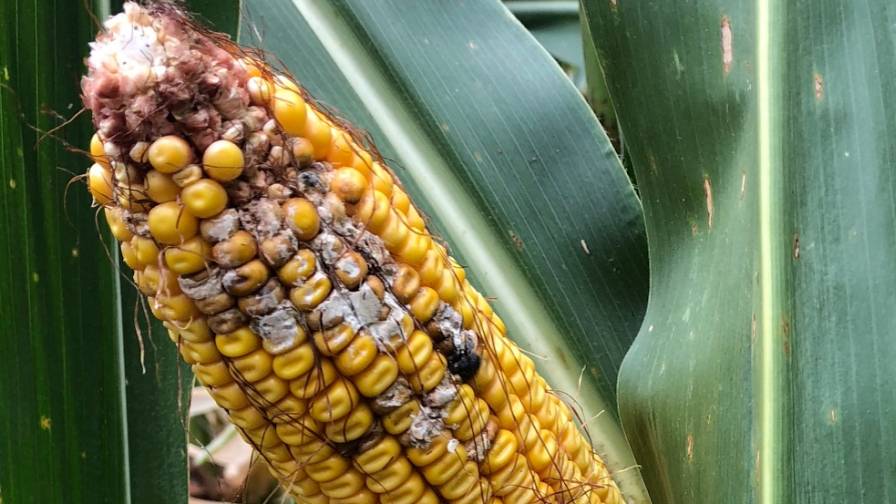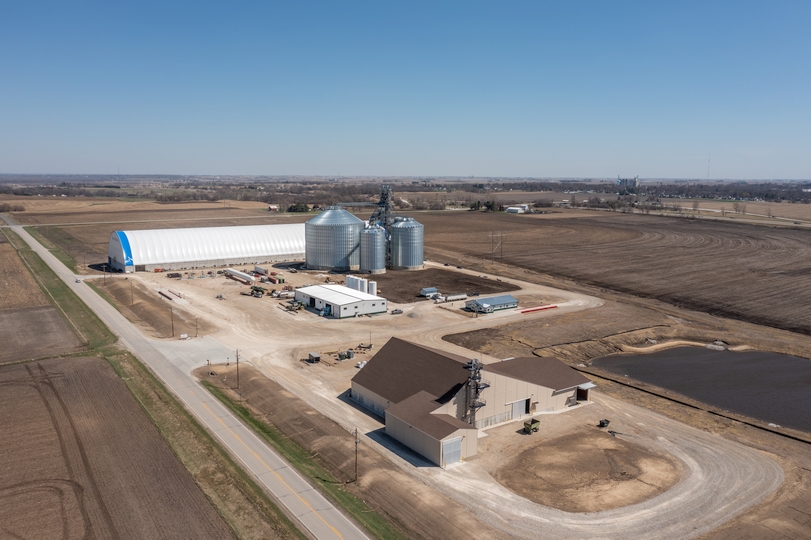Identifying Nutrient Deficiencies, Pests in Ohio’s 2021 Soybean and Corn Crops
Summer has officially arrived and nutrient deficiencies and pests are now a problem, reports Hoorman Soil Health Services at The Crescent News. Healthy plants have less problems with disease and insects, so optimum plant nutrition is important for keeping pests at bay and optimizing crop yields. Several nutrients may be part of the problem.
Nitrogen is a corn macro-nutrient that farmers apply pre-plant, with corn starter fertilizer, or side-dress applications. Nitrogen fertilizer can easily be lost depending on how much rain has occurred and whether inhibitors were used. Nitrogen deficient corn is often seen in low areas or flooded fields. Sulphur deficiency on corn leaves is becoming more common, seen as yellow striping with green veins and spindly plants. Sulfur is the fourth most important nutrient needed by plants and is used in protein synthesis and to produce chlorophyll for photosynthesis. Soybeans need sulfur for nodule formation and wheat to improve grain quality. Most soil tests increasingly show that soil sulfur is lacking now due to reductions in sulfur emissions from coal and transportation sources.
Sulfur is immobile in plant tissue so deficiency symptoms show up in the newly formed, young leaves. Sulphur is tied up in the soil organic matter and crop residues. Sulphur mineralization or plant available sulfur forms are dependent upon temperature, moisture, and other factors. Sulphate is a soluble plant available form of sulfur but when excess rain occurs, this form can be leached away from the roots. Sulphur is needed in a 10:1 (nitrogen to sulfur) ratio to have complete plant protein synthesis.





